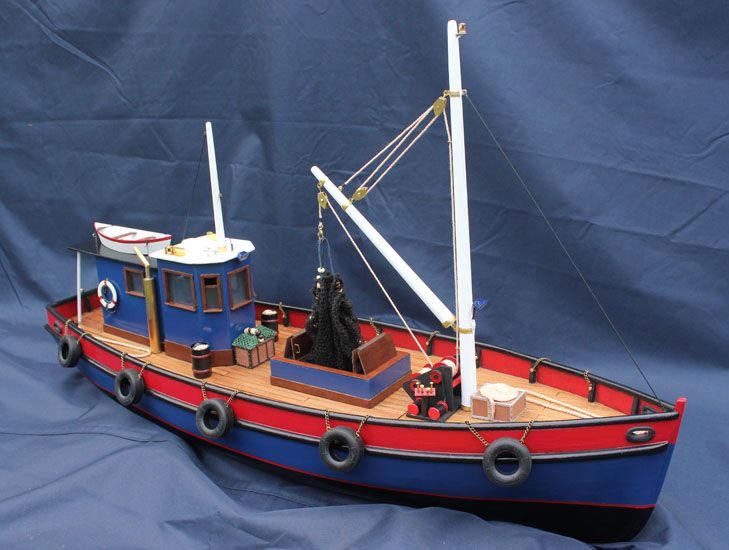The
Santa María was built in
Castro-Urdiales,
Cantabria, in Spain's northeast region. The Santa María was probably a medium-sized nau (
carrack), about 58 ft (17.7 m) long on deck, and according to Juan Escalante de Mendoza in 1575, the Santa Maria was "very little larger than 100 toneladas" (about 100 tons, or
tuns)
burthen, or burden,
[1][2][3] and was used as the
flagship for the expedition. The Santa María had a single deck and three
masts.
The other ships of the
Columbus expedition were the smaller
caravel-type ships
Santa Clara, remembered as La
Niña ("The Girl"), and La
Pinta ("The Painted"). All these ships were second-hand (if not third- or more) and were not intended for exploration. The Niña, Pinta, and the Santa María were modest-sized merchant vessels comparable in size to a modern cruising
yacht. The exact measurements of length and width of the three ships have not survived, but good estimates of their burden capacity can be judged from contemporary anecdotes written down by one or more of Columbus' crew members, and contemporary Spanish and Portuguese shipwrecks from the late 15th and early 16th centuries which are comparable in size to that of the Santa Maria. These include the ballast piles and keel lengths of the
Molasses Reef Wreck and Highborn Cay Wreck in the Bahamas. Both were caravel vessels 19 m (62 ft) in
length overall, 12.6 m (41 ft) keel length and 5 to 5.7 m (16 to 19 ft) in width, and rated between 100 and 150 tons burden.
[4] The Santa María, being Columbus' largest ship, was only about this size, and the Niña and Pinta were smaller, at only 50 to 75 tons burden and perhaps 15 to 18 meters (50 to 60 feet) on deck
[1] (updated dimensional estimates are discussed below in the section entitled
Replicas).
A Spanish vessel in those days was given an official religious name, but was generally known by a nickname, oftentimes a feminine form of either her master's
patronymic, or of her home port.
Bartolomé de Las Casas, a priest and historian who extensively chronicled Columbus' expeditions, never used the name Santa María in his writings, and instead called the ship La Capitana ("flagship") or La Nao. Indeed, Columbus himself, in his detailed logs, only called it La Capitana.
[5]Some claim that the ship was known to her sailors as Marigalante ("Gallant Maria"), but that nickname was in fact given to the Santa María's
namesake replacement, used on
Columbus's second voyage.
[6]
 I was built first model tugboat "Klimek". I was published at my blog in 2013 year. You can go click this link. Actually, I don't like painting my models. For that reason, most of my models are unpainted.
I was built first model tugboat "Klimek". I was published at my blog in 2013 year. You can go click this link. Actually, I don't like painting my models. For that reason, most of my models are unpainted. 

































































